Neighbour & Boundary Tree Law in Newcastle: Overhanging Branches, Roots, and Your Rights!
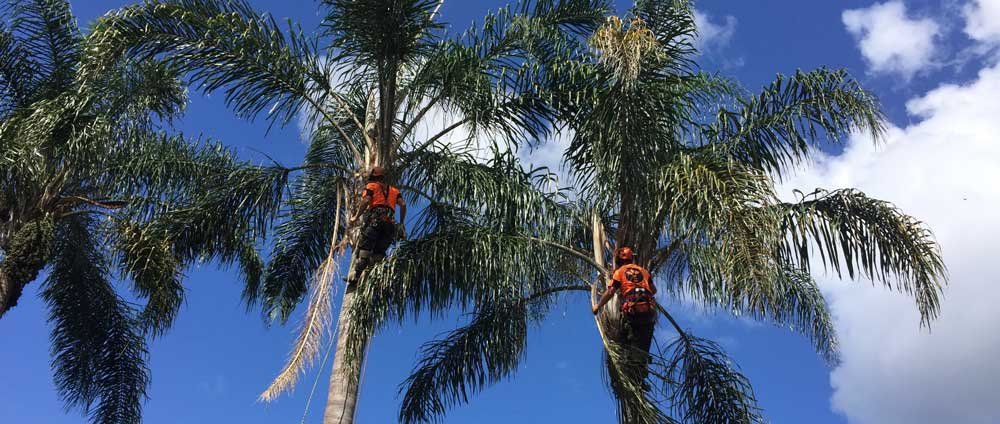
If you've ever dealt with an overhanging branch from your neighbour's property scraping your roof or the roots of someone elses tree lifting up your driveway, you'll know how frustrating it can be. You'll also know how quickly a neighbourly chat can turn into a nasty dispute!
Living in Newcastle or Lake Macquarie, trees on or near boundary lines are a common source of tension. And when damage, safety risks, or council rules are involved, it becomes even more complicated.
The good news?
Understanding your rights and responsibilities can protect you from costly fines, council complaints, or strained relationships with your neighbours.
In this guide, we'll break down local laws in practical terms, so you can handle these pesky tree issues.
And if tree removal is necessary, contact our professional arborists to ensure it is done safely and in accordance with all relevant regulations.
What You Can Do About Overhanging Branches
Let's start with one of the most common tree issues people experience: overhanging trees from neighbouring properties!
In NSW, you generally have the right to prune branches back to your boundary, so long as you don't trespass or damage the tree.
You'll also need to check that the tree is not protected and make sure you've obtained the necessary permits from the local council.
If you do decide to prune overhanging branches, it's always best to politely ask your neighbour if they'd like you to return the cuttings or if they are happy for you to dispose of them.
If the tree is tall, near power lines, or poses a risk, it's better to call our qualified arborists to help you prune it back. Our team offers AS 4373–compliant pruning and hazardous tree assessments to ensure the job is done safely and in compliance with local laws.
Invasive Roots & Your Property
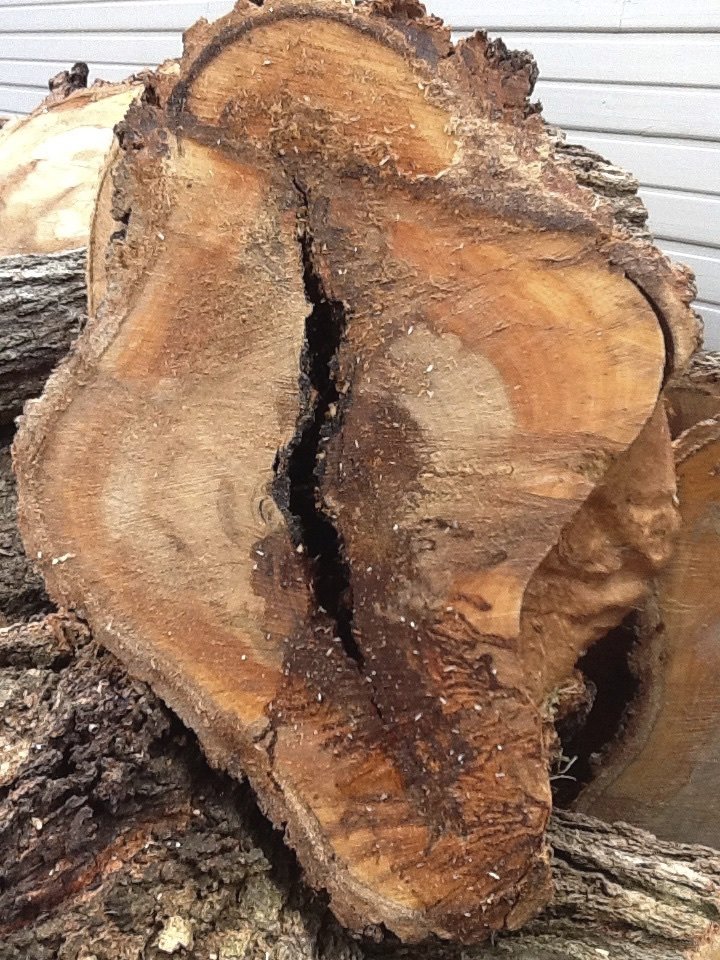
Invasive tree roots can cause just as much trouble as overhanging branches!
And the worst part is, they often do so without you noticing until the damage is obvious.
Common signs of invasive roots are cracked paving, blocked drains, and damage to your home's foundation.
If you spot any of these, it's wise to document the damage and contact a qualified arborist.
If the issues involve drains, you will want to contact a plumber as well.
Depending on the situation, you may need to prune the roots, install root barriers or carry out full tree removal. But council approval might be required first.
We offer detailed arborist reports to support applications, and expert stump grinding to prevent regrowth.
This provides you with a long-term solution that protects your property and your relationship with your neighbour!
Navigating Permits, TPOs & Council Overlays
Before you prune or remove a tree in Newcastle or Lake Macquarie, you must check if it's protected by a Tree Preservation Order (TPO) or falls within a council overlay.
Council approval is often required for significant trees, especially native species, heritage-listed properties, or those in environmental zones. Some exemptions apply, like dead trees or those posing immediate danger, but you'll need proof.
That's where a Level 5 arborist report can really help, as it provides an expert assessment to expedite council decisions. Our team specialises in preparing these reports! For full details on what requires approval and what doesn't, contact our friendly team today at 02 4003 4400.
Don't Forget About Safety
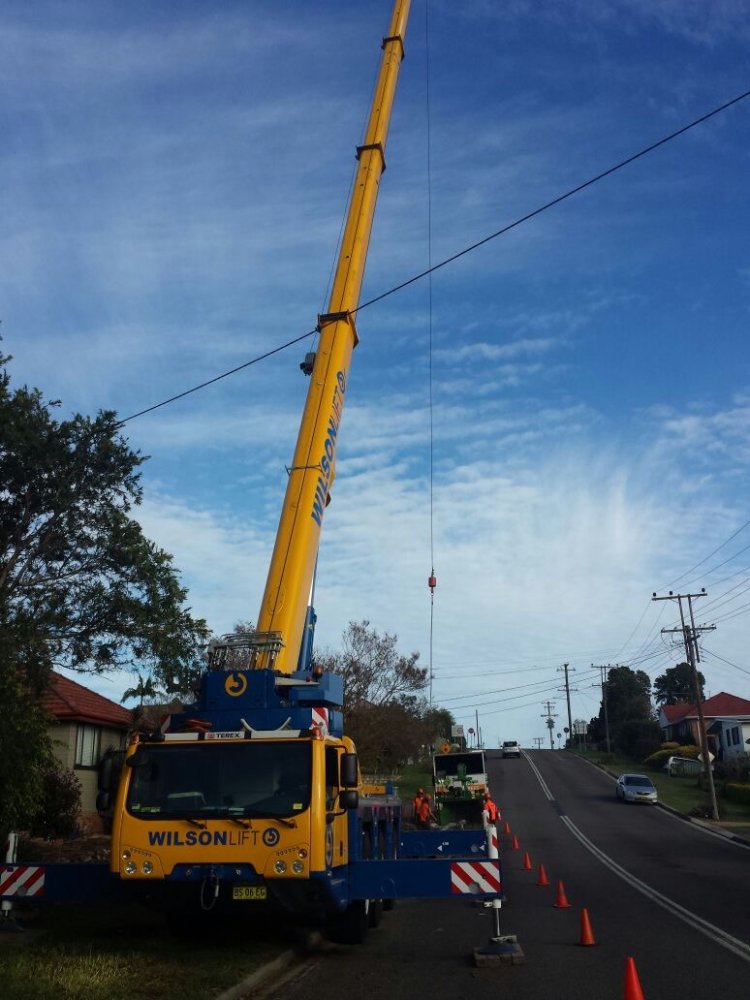 When working with trees, safety should always be the top priority, especially when considering DIY pruning.
When working with trees, safety should always be the top priority, especially when considering DIY pruning.
Please never attempt work near power lines or large branches without the assistance of a professional.
It's extremely dangerous and can result in hefty fines.
Newcastle's storm season also brings extra risk, with heavy winds turning weakened trees or overhanging branches into serious hazards. If you're unsure about a tree's condition, it's best to consult a professional for a risk assessment.
Our qualified team provides 24/7 emergency tree removal and safety inspections to ensure your safety and the protection of your property.
The Costs And Who Pays For It
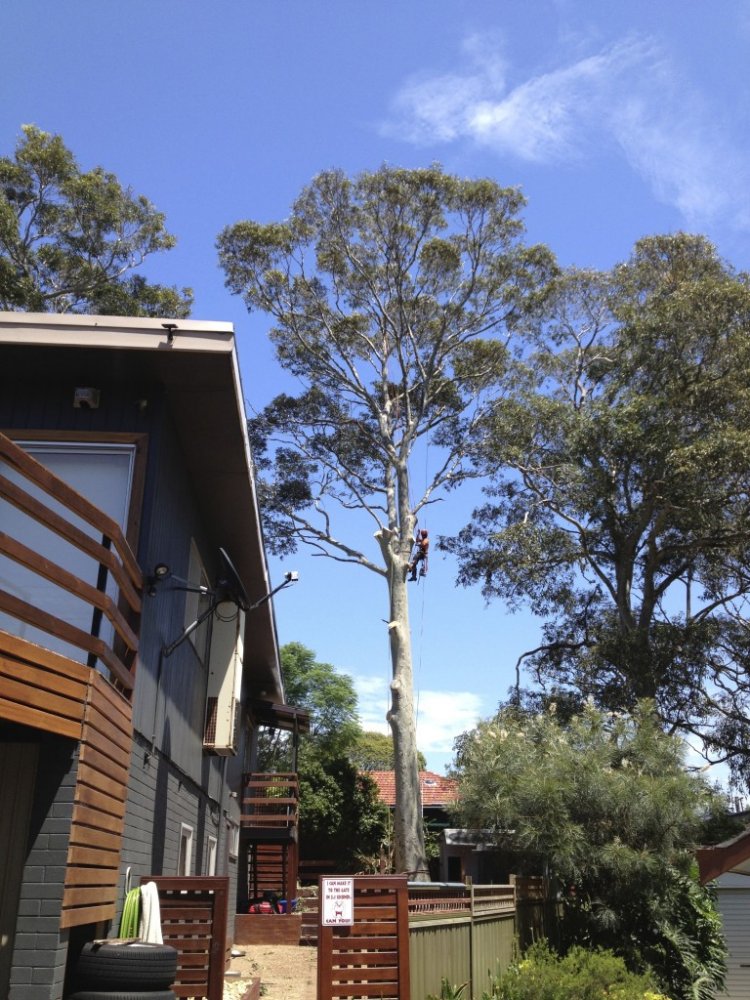
For tree work carried out on boundaries, the general rule is that each party pays for their own chosen works.
For example, if you choose to hire an arborist to trim overhanging branches, you would pay for their services.
However, if a neighbour's tree has clearly caused damage due to neglect (e.g., fallen limbs, root damage), they may be liable for paying the costs; however, this often requires legal advice or a formal resolution.
To avoid disputes, always get documented quotes and professional arborist reports before any work begins.
These help clarify responsibility and provide evidence if things escalate.
Our team provides detailed reports and fair quotes, enabling you to manage tree costs with confidence and transparency.
How to Resolve Disputes With Neighbours
Tree issues can quickly strain neighbourly relationships, so it's best to address concerns early and politely!
Keep detailed records. Take photos, note the dates, and send written (not verbal) requests whenever possible.
If things aren't resolved, a professional arborist report can provide neutral, expert evidence to support your case.
What happens if you still can't come to an agreement?
Mediation through your local Community Justice Centre is the best course of action.
Legal action should be the last resort. Please note that this information is general and not intended as legal advice. Every situation is different, so seek proper legal guidance if needed!
Quickfire FAQ's
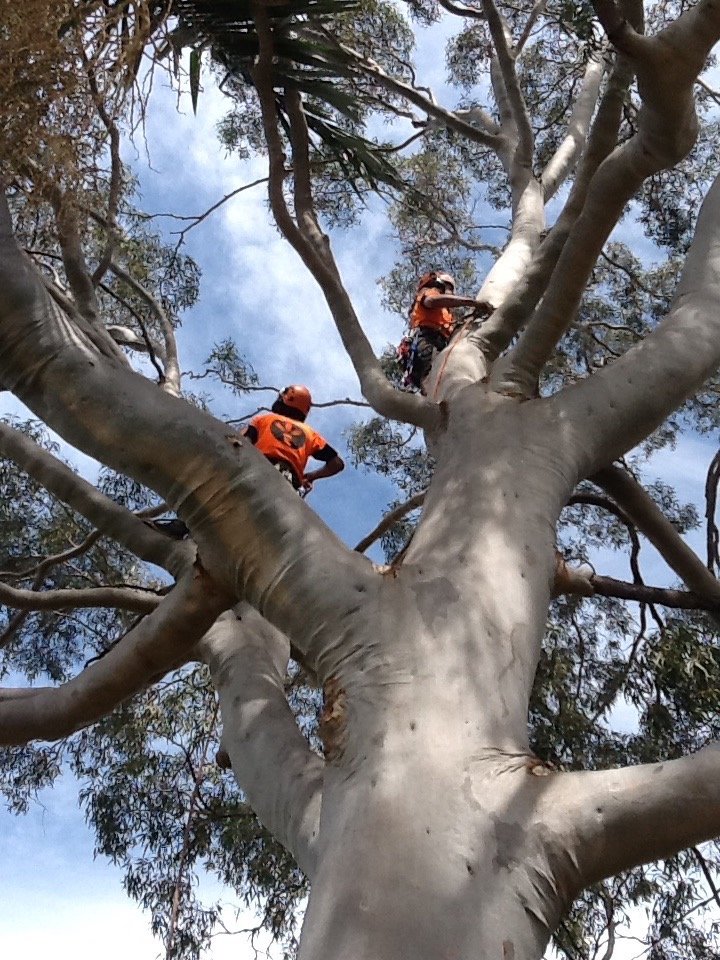 Can I Throw Branches Back?
Can I Throw Branches Back?
Technically, you could return pruned branches to your neighbour's property, but that doesn't mean you should. Dumping branches over the fence can escalate tensions fast. The better option? Offer to return them or ask if they'd like you to dispose of the waste. Maintaining respect goes a long way!
What If The Tree Is Dangerous Now?
If a neighbour's tree poses an immediate danger, like it's dropping large limbs or has fallen onto your property after a storm, you can usually take emergency steps to make your property safe, such as removing fallen branches. However, you can't carry out work on a tree located entirely on your neighbour's land without their consent, unless there's an urgent safety risk and you have legal grounds.
Always take photos and notes as evidence, and check if council approval is needed for any follow-up work. Our team provides emergency make-safe services and arborist reports to guide you through the right steps. Need urgent help? Call us on 02 4003 4400.
Can Strata Act Without Owner Consent?
In strata properties, the owners' corporation is generally responsible for managing common property, including trees. If a tree is located on common land and poses a safety risk or requires maintenance, the strata can usually arrange for tree work without the individual owner's consent. However, for major works or removals, especially if costs are significant, a formal resolution or vote may be required. Always check your strata by-laws and seek an arborist's advice before proceeding!
Book a Boundary Tree Assessment
Boundary tree issues, including overhanging branches, invasive roots, or hazardous trees, can be frustrating, but understanding your rights and responsibilities makes a significant difference.
From pruning safely and understanding council permits to resolving disputes and managing costs, staying informed helps protect your property and your neighbourly relationships!
If you're dealing with a tricky tree situation, our experienced tree removal team are ready to assist. Our qualified arborists can assess the tree, provide expert advice, and guide you through the next steps. Whether it's a quick inspection or a detailed report, we're here to help.
Book a boundary tree assessment or AS 4373-compliant pruning today with Cutting Edge Tree Maintenance to protect your property and resolve neighbour issues amicably!
Call us on 02 4003 4400 or message below: